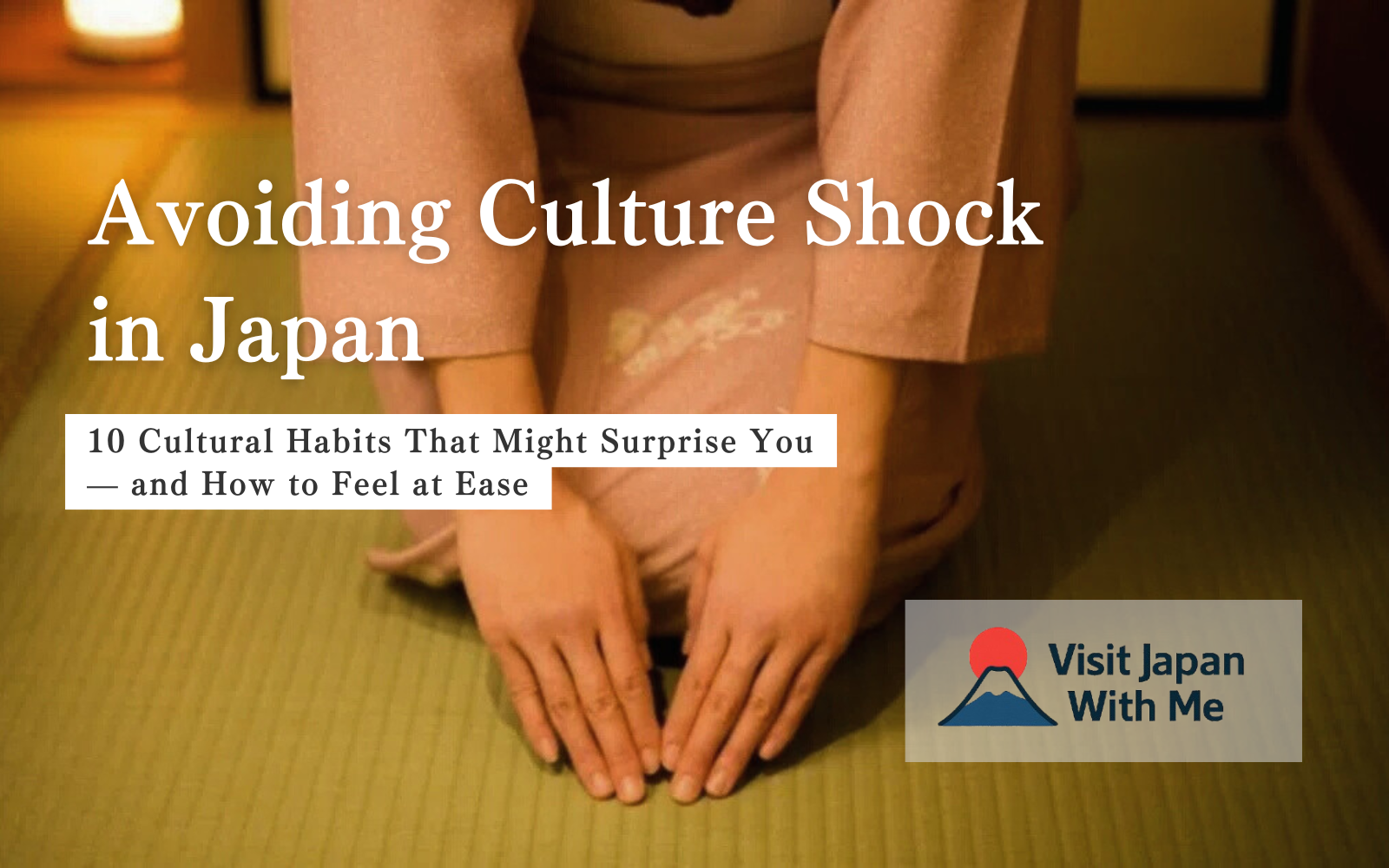Avoiding Culture Shock in Japan: 10 Things You Might Not Expect
Japan is a wonderful country to visit — safe, clean, and full of cultural beauty. But for many first-time travelers, some everyday things can come as a surprise.
As a Japanese local, here are 10 small but important cultural differences that often catch visitors off guard — and how to handle them with confidence.
🗾 More Japan travel tips coming soon!
We’re a local team based in Japan, and we’re adding more helpful tips and real insider info soon.
Don’t miss out—bookmark this site and come back for fresh updates!
🔖 Bookmark Now1. It’s So Quiet on Trains — and That’s the Manners
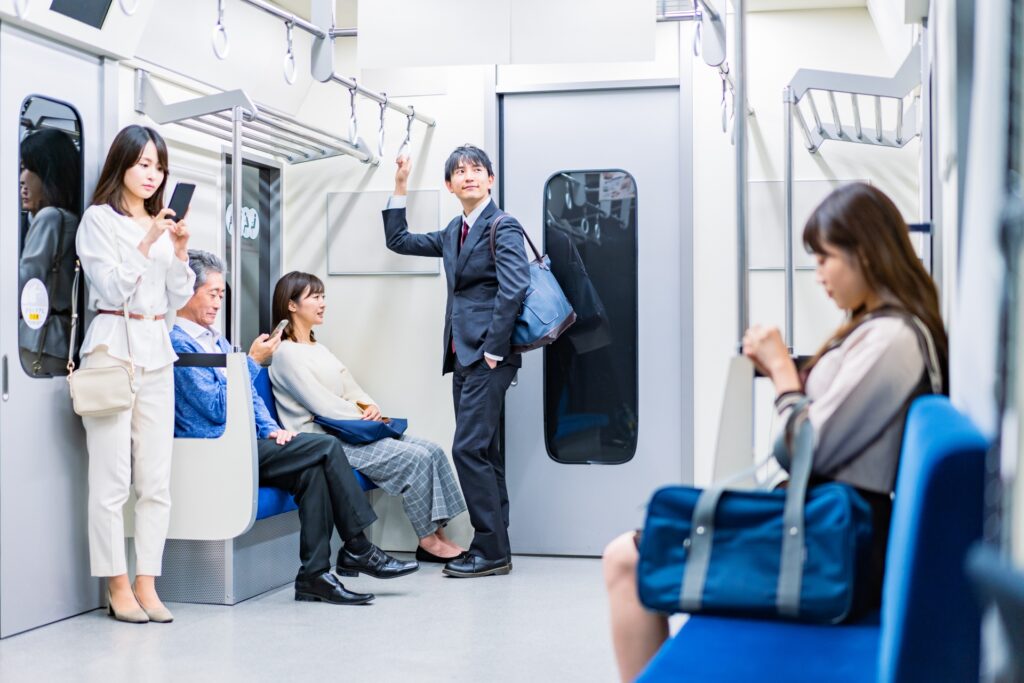
In Japan, trains aren’t just transportation — they’re also a kind of shared quiet space. Even during rush hour in Tokyo, you’ll notice how quiet the train cars are. People speak in low voices, or not at all. Many just scroll their phones or rest with their eyes closed.
This surprises many visitors from countries where chatting, phone calls, or even live music are common on public transit. But in Japan, this quietness isn’t a strict rule — it’s more about good manners and respect for others.
That said, it’s not that you can’t talk at all. Speaking quietly with a friend is perfectly fine — just be mindful of your volume. However, phone calls are generally considered impolite, and even short conversations on the phone are best avoided.
🔍 Tip for travelers: Keep your voice low, and avoid phone calls while on the train. You’ll blend right in.
2. Don’t Expect Trash Cans Everywhere
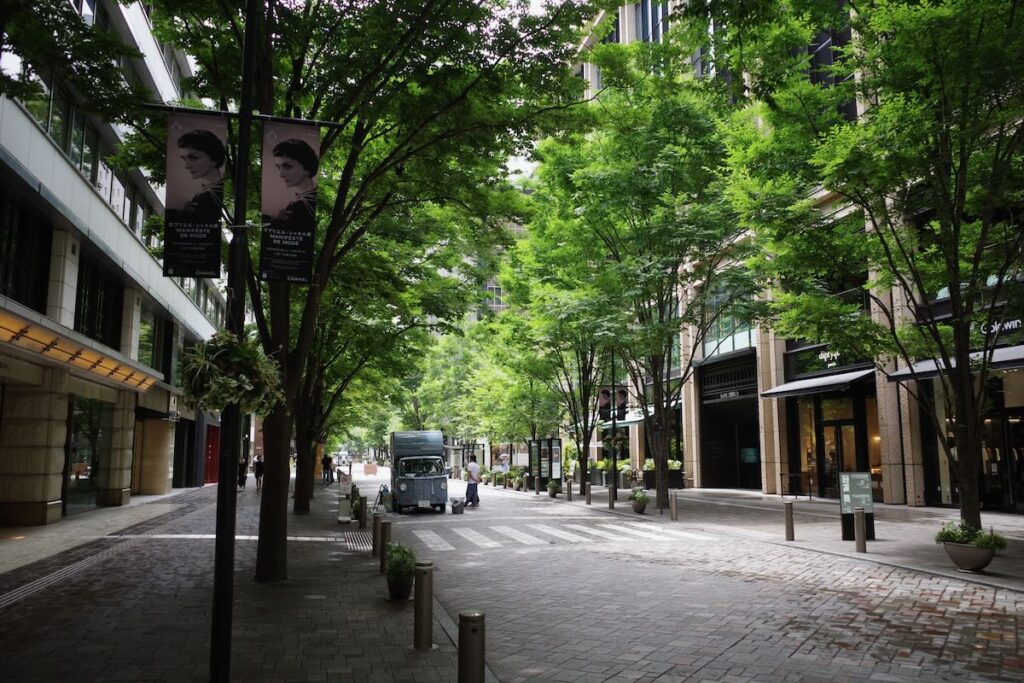
Japan is known for clean streets — but surprisingly, public trash cans are rare. After buying a drink or snack, you might find yourself carrying the empty packaging for a while.
This comes from a culture of “take your trash home” (especially after the 1995 Tokyo subway incident) and strong local responsibility for cleanliness.
💡 My experience as a local:
I always carry a small plastic bag in my backpack for trash — especially after drinking bottled tea or eating on the go. It’s just a habit we learn early on. That said, we often stop by convenience stores to throw away accumulated trash — as long as we buy something, it’s considered fine. Also, if it’s a plastic bottle or can, we can usually find a recycling bin next to a vending machine, which is very helpful when we’re outside.
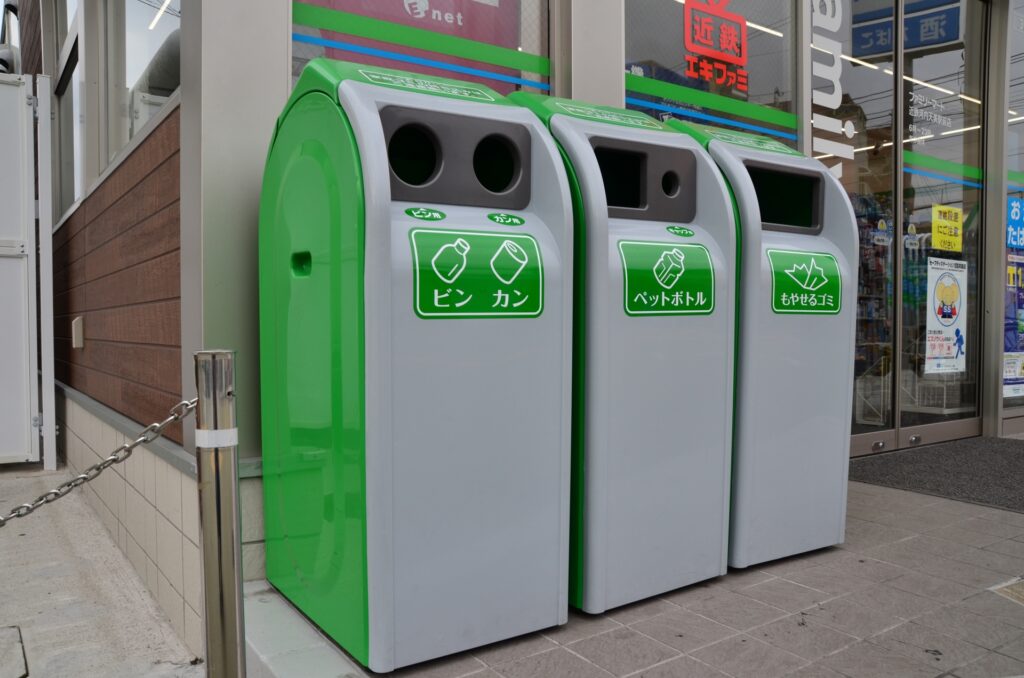
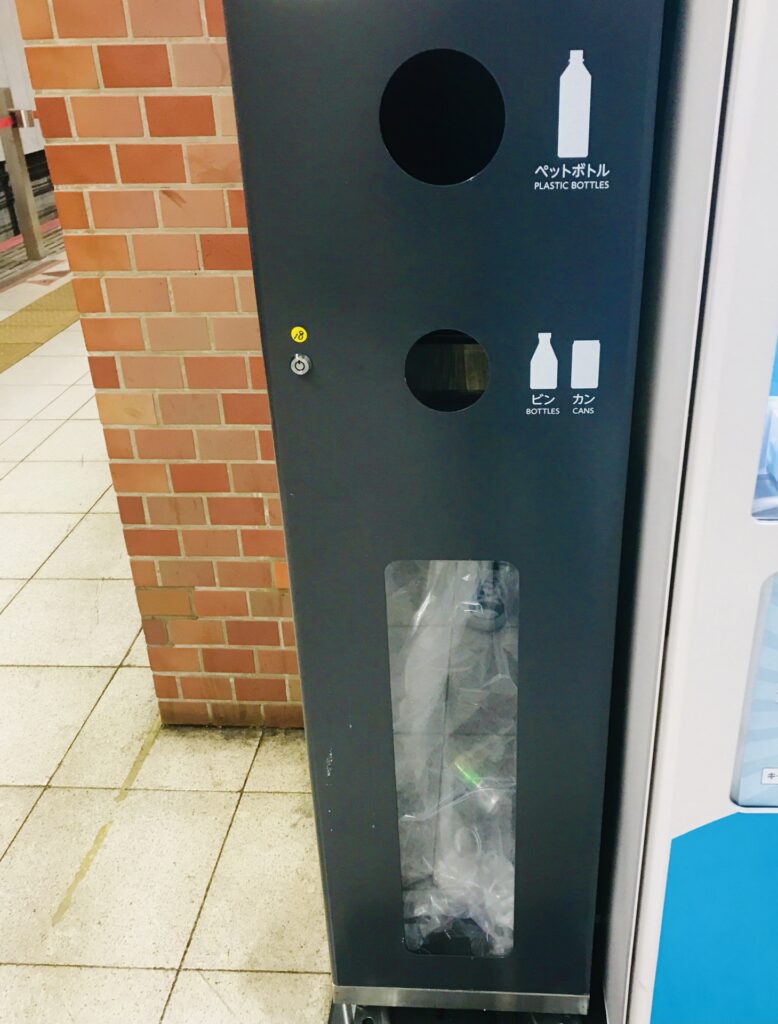
🔍 Tip for travelers: Use the bins in convenience stores or train stations when available, and don’t be surprised if there’s none on the street. It’s not bad service — it’s cultural.
3. Tipping Is Not Common — But Thoughtfulness Is
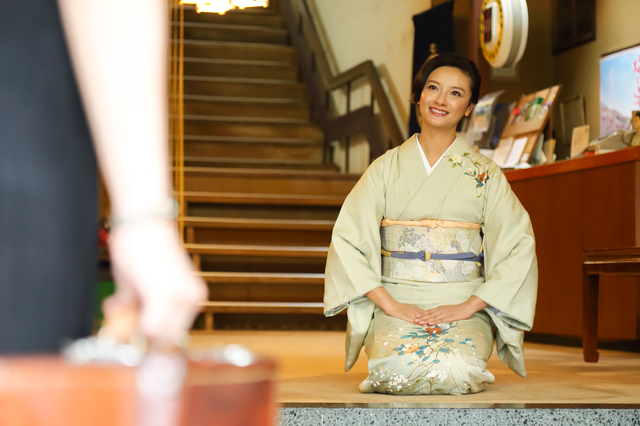
Tipping is generally not practiced in Japan — it’s not expected, and at places like convenience stores or chain restaurants, it may even cause confusion or discomfort.
That said, there are situations where offering a small gesture of appreciation — similar to a tip — is understood and accepted. For example, at traditional ryokan inns or with a private guide, it’s not uncommon for guests to express gratitude by discreetly giving a small amount of money, often wrapped in a tissue or envelope (“Kokoroduke”). It’s not about the money — it’s about the thought.
Excellent service is part of omotenashi, the spirit of Japanese hospitality, and is typically provided with pride, not in expectation of a tip.

💡 My experience as a local: Personally, I don’t think tipping is rude — but I do think the how and when matters. I’ve seen people awkwardly hand over cash in restaurants, and it caused more confusion than gratitude. But in more personal settings like inns, a quiet, thoughtful gesture is usually well received.
That said, I’ve almost never actually given money myself. In most cases, I find that expressing heartfelt gratitude with words is more appreciated than handing over cash. A sincere “Arigatou gozaimasu” often means more than a small envelope.
🔍 Tip for travelers: If you want to express extra thanks, do it with care and context. Otherwise, just paying the bill with a smile and a sincere “Arigatou” is more than enough.
4. Shoes Off, Please — in More Places Than You Expect
You might already know that Japanese people take off their shoes when entering a home — but it doesn’t stop there. In Japan, you’ll also be asked to remove your shoes when entering:
- Traditional restaurants with tatami floors
- Ryokan (Japanese inns), including guest room corridors
- Fitting rooms in clothing stores
- Certain temples or historical buildings
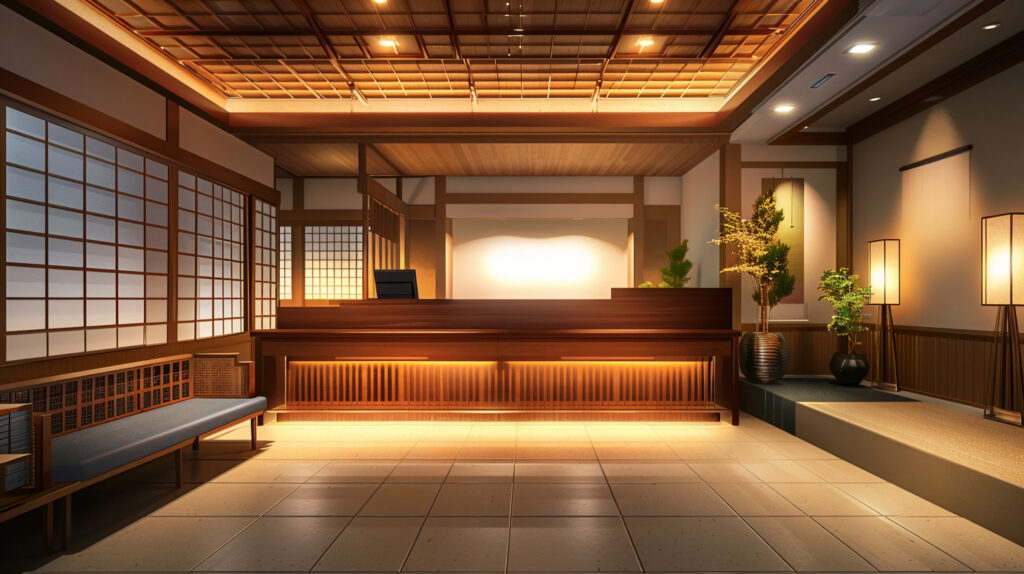
And yes, you’re usually expected to be wearing socks — barefoot isn’t always appropriate, especially in formal settings.
💡 My experience as a local:
We’re so used to taking our shoes off that many of us instinctively do it at home, and even feel uncomfortable walking indoors with shoes on when abroad.
🔍 Tip for travelers: Wear shoes that are easy to slip on and off. Also, consider wearing clean socks without holes — you never know when you’ll be asked to take your shoes off!
5. Bowing Happens All the Time
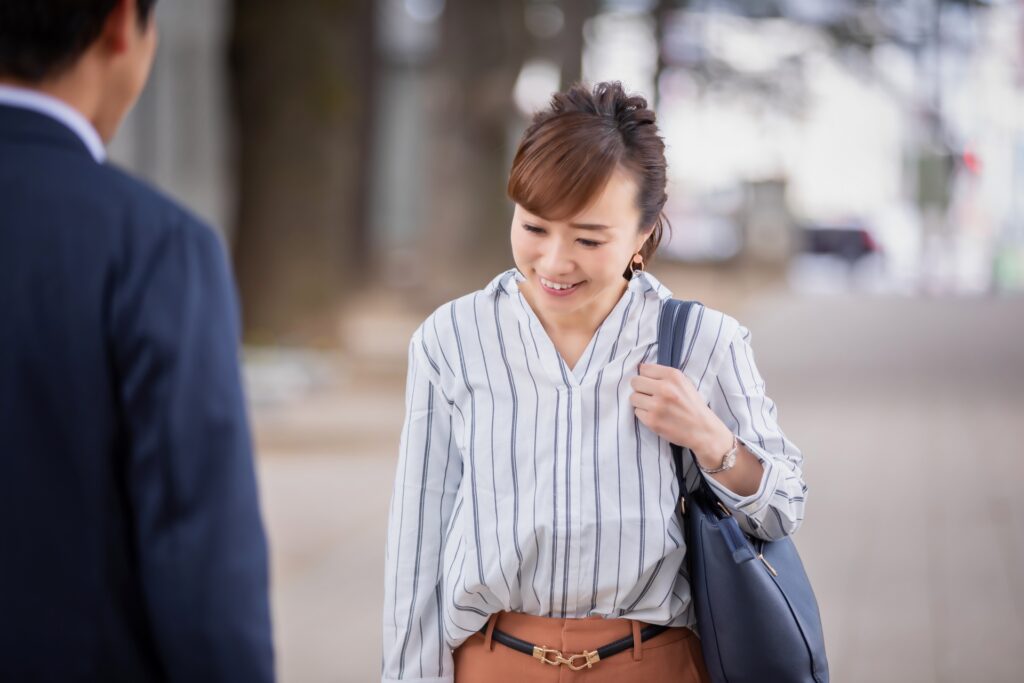
Bowing isn’t just for formal greetings in Japan — we bow to say thank you, to apologize, to ask for help, or even just to show simple politeness.
There’s no need for visitors to bow perfectly (or at all), but understanding when and why people bow can help you feel more comfortable.
💡 My experience as a local:
We even bow slightly when talking on the phone — it’s that deeply ingrained! It’s not about religion or hierarchy; it’s just a natural way of showing respect.
🔍 Tip for travelers: If someone bows to you, a small nod or smile back is perfectly fine. No need to stress about angles or formality — the intention matters more.
6. Convenience Stores Are… Actually Amazing

Japanese convenience stores — known as konbini — are on another level.
You’ll find clean bathrooms, fresh food, ATMs that work with international cards, ticketing services, and even seasonal products that change weekly.
Food isn’t just snacks — we’re talking rice balls (onigiri), hot meals, fresh coffee, salads, and more. If you buy a bento or hot dish, the staff will usually ask if you want it heated — and they’ll warm it up for you right at the counter. And most stores are open 24 hours.
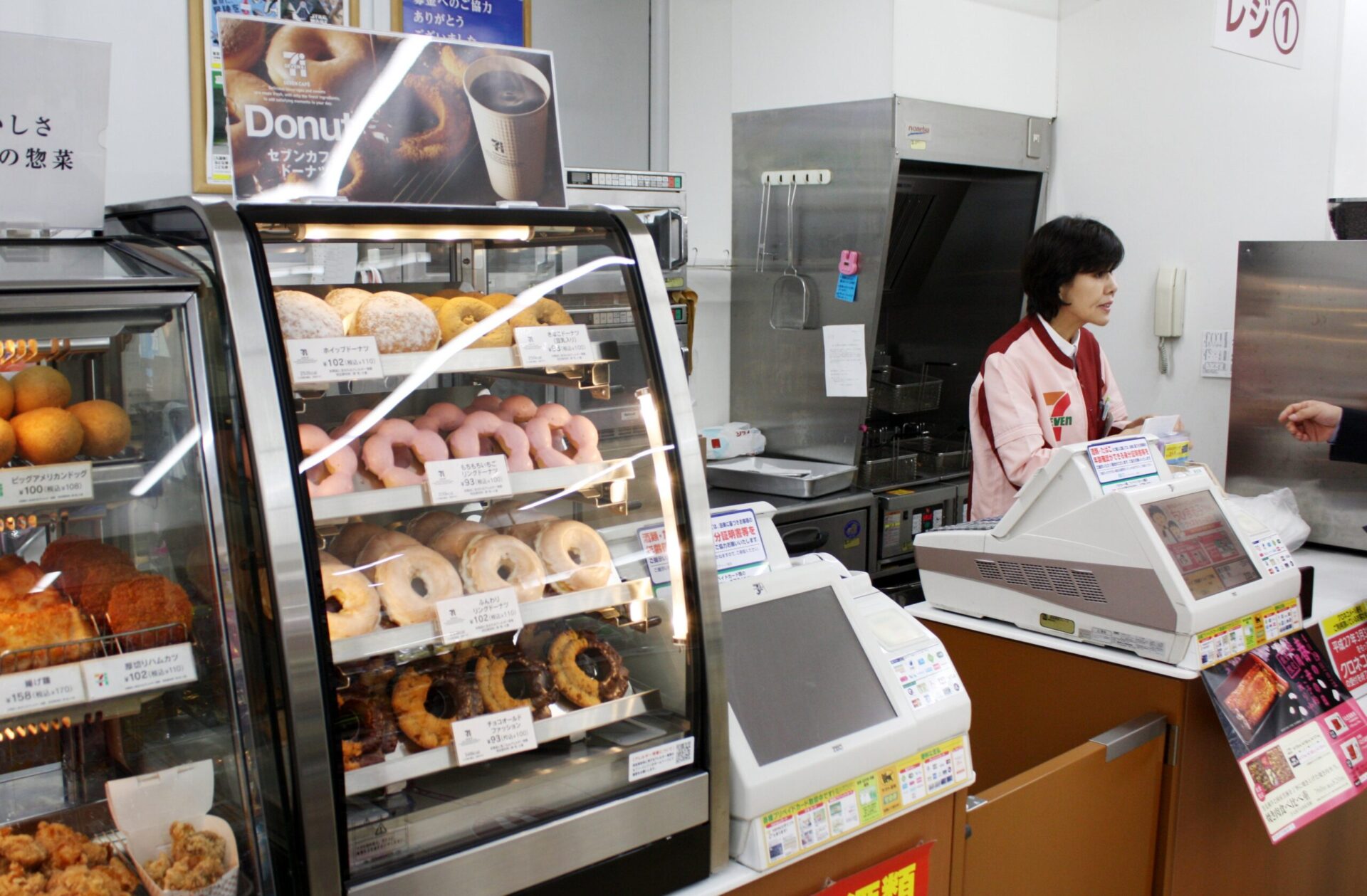
💡 My experience as a local:
I stop by konbini almost every day. Whether it’s for lunch, paying bills, printing documents, or grabbing a hot drink on a cold night — it’s part of everyday life.
🔍 Tip for travelers: Don’t be shy about using konbini. They’re clean, friendly, and super convenient — especially if you’re staying in a hotel without breakfast or need quick cash from an ATM.
7. Personal Space Matters — Especially on Escalators
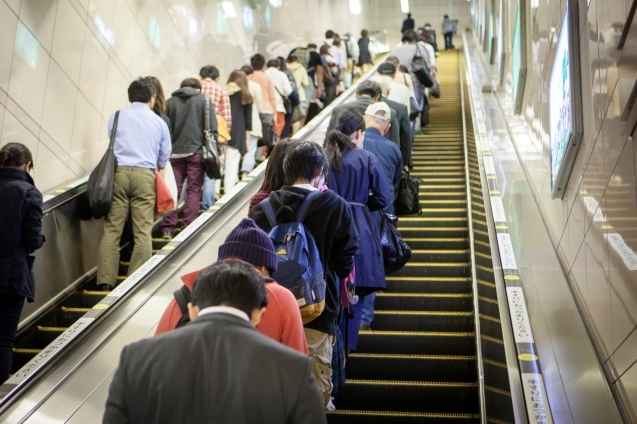
In Japan, people are very aware of personal space, especially in public. This applies not just to how close you stand to others, but also how you move through shared spaces like escalators and sidewalks.
For example, on escalators:
- In Tokyo, everyone stands on the left side and leaves the right side open for those in a hurry.
- In Osaka, it’s the opposite — stand on the right, pass on the left.
You’ll also notice that people try not to block pathways or stop in the middle of busy walkways — this helps keep things flowing smoothly. It’s part of a broader habit of being considerate of how your actions affect others in public spaces.
When lining up, be mindful of distance too. Standing too close to the person in front of you might make them feel uncomfortable — or even seem strange by Japanese social standards.
💡 My experience as a local:
When I visit other countries, I sometimes forget that standing neatly on one side isn’t a global rule — but here in Japan, it’s second nature.
🔍 Tip for travelers: Watch what the locals do, and follow their flow. It shows respect — and keeps traffic moving smoothly!
8. Cash Is Still Common — Even in a High-Tech Society
Japan is famous for its technology, but you may be surprised by how often cash is still used, especially in small restaurants, local markets, or rural areas.
While credit cards and IC cards (like Suica and Pasmo) are widely accepted in cities, cash is still essential in specific situations — such as at small mom-and-pop restaurants, food stalls at festivals, older taxis, or when visiting shrines and temples.
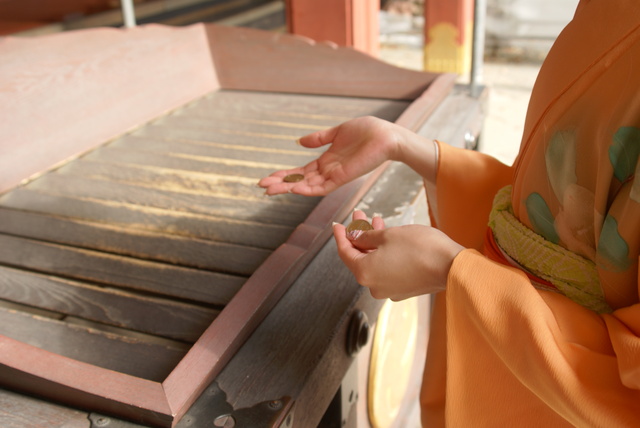
💡 My experience as a local:
I mostly use cards and IC payments in Tokyo, and honestly, I rarely have trouble without cash. But I still keep about ¥10,000 with me just in case — especially when traveling to rural areas or visiting small, traditional shops that may not take cards.
🔍 Tip for travelers: You probably won’t need much cash if you’re staying in major cities — but having a little on hand is still smart. ATMs at 7-Eleven or Lawson usually accept international cards.
Curious why Japan still relies on cash?
We’ve put together a full guide that explains the reality behind Japan’s payment culture — not just about cash, but credit cards, IC cards like Suica, and mobile payments too.
👉 How to Pay in Japan: Cash, Credit Cards, and Mobile Payments Explained
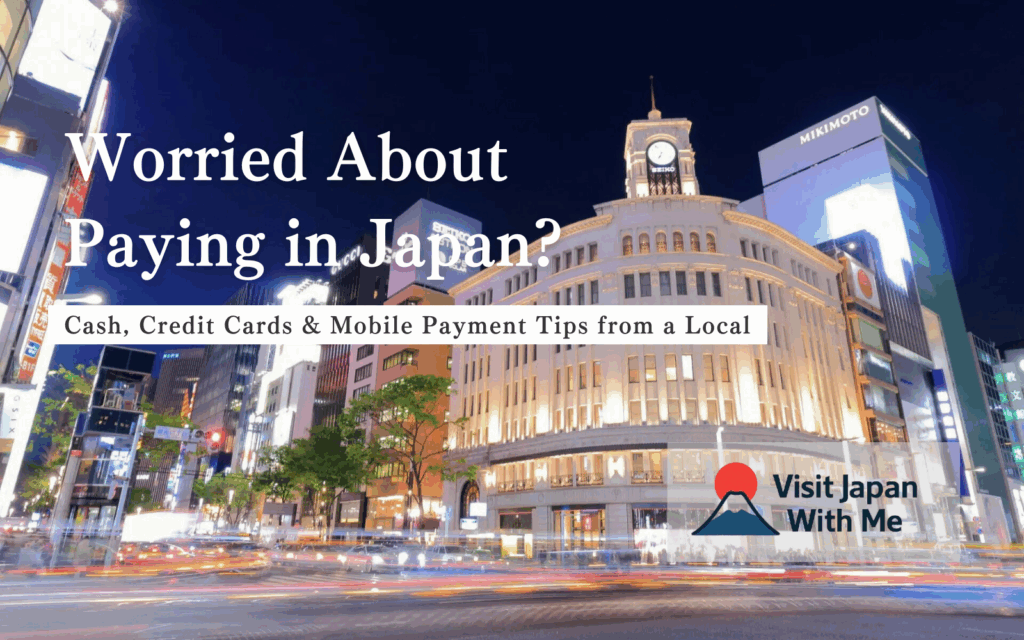
This article explains how payments work in Japan — including the use of cash (still common in rural areas), major credit card brands, mobile payment apps like PayPay and Rakuten Pay, and IC cards like Suica and PASMO.
9. People Follow the Rules — Even Unwritten Ones
From standing in neat lines to waiting for the crosswalk light (even when no cars are coming), Japanese people tend to follow both written and unwritten rules.
There’s a strong cultural emphasis on harmony and not inconveniencing others — even in small ways.
💡 My experience as a local:
We learn from a young age to think about how our actions affect the people around us. It’s not just about “rules” — it’s about mutual respect.
🔍 Tip for travelers: When in doubt, observe what others are doing. If everyone’s waiting in line or being quiet, following suit will help you feel more comfortable and appreciated.
10. “No English” Signs Can Be Intimidating — But Don’t Worry
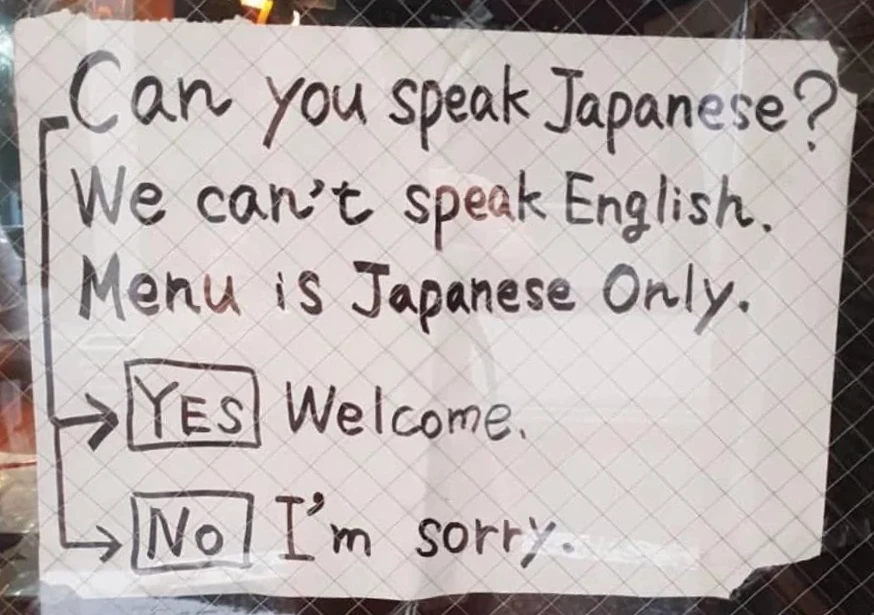
Sometimes you’ll see a sign at a restaurant or bar that says “No English” or “Japanese only.” At first, this can feel unwelcoming — but often, it’s not meant to be rude.
In many cases, the staff is just worried they can’t communicate well, and they’re afraid of disappointing you or causing confusion.
💡 My experience as a local:
I’ve heard from small restaurant owners who truly want to welcome foreigners, but feel stressed when they can’t explain the menu or take orders properly in English.
🔍 Tip for travelers: If you see a place like this, don’t take it personally. A friendly smile, simple Japanese, or pointing at photos can go a long way — and sometimes leads to a wonderful experience. Many menus in Japan include pictures, so simply pointing to what you want often works perfectly.
🌸 Final Thoughts: Understanding Makes Travel Smoother
Culture shock doesn’t mean something is “bad” or “wrong” — it just means different.
And in Japan, many of these differences come from a deep respect for community, cleanliness, and consideration.
💡 My experience as a local:
I’ve seen many visitors feel nervous at first, but once they understand the rhythm of daily life here, they feel more connected — and locals notice and appreciate that.
You might wonder, “Don’t Japanese people get tired from constantly worrying about others?” But the truth is, we’re not consciously stressing about it — it’s just a habit. We grow up learning to move through life in a way that doesn’t bother others, so it feels natural rather than exhausting.
If you stay in Japan for a little while and keep these things in mind, you might find yourself doing them naturally too — not because you’re forcing it, but because it starts to feel like the easiest, most considerate way to live.
Just by reading this, you’re already showing care and respect. Let’s explore Japan with open eyes and kind hearts.
🗾 More Japan travel tips coming soon!
We’re a local team based in Japan, and we’re adding more helpful tips and real insider info soon.
Don’t miss out—bookmark this site and come back for fresh updates!
🔖 Bookmark Now
